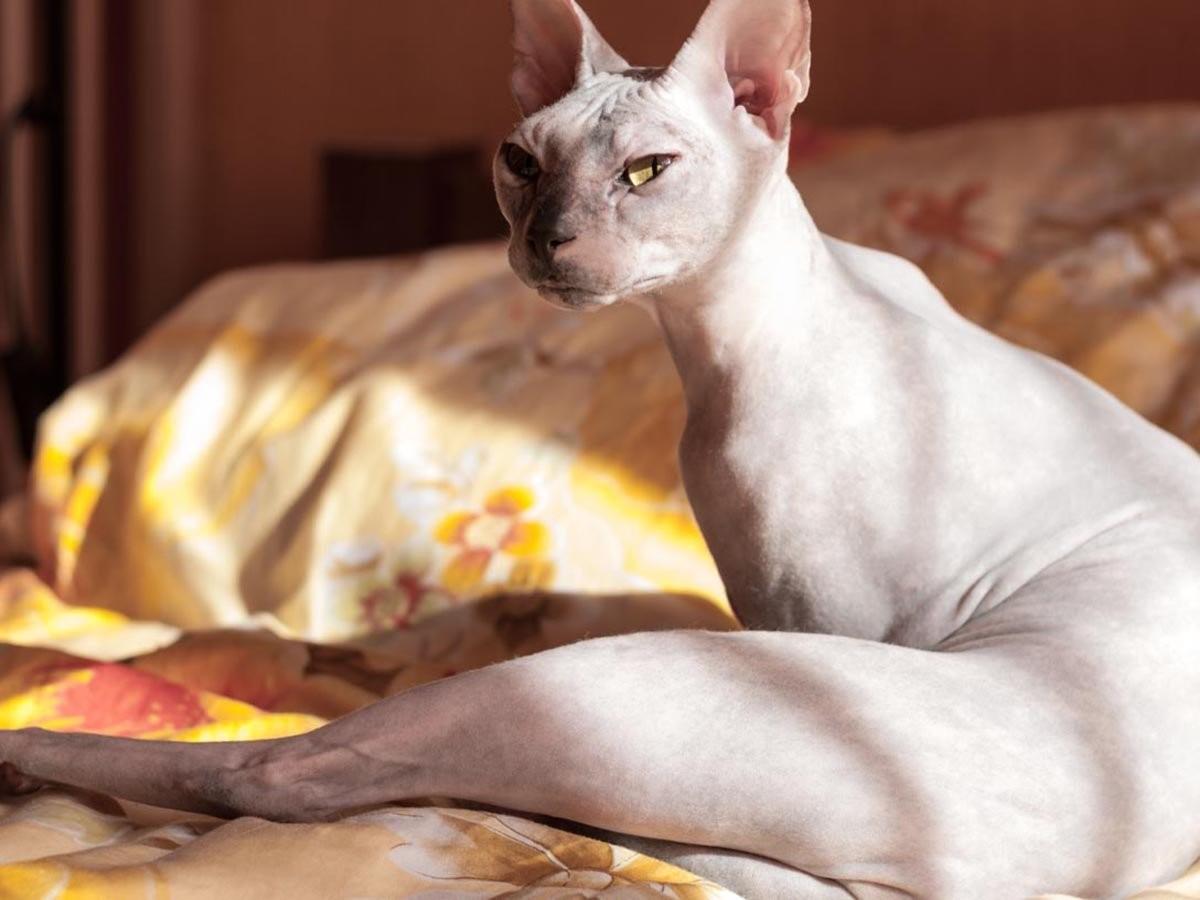For many, the desire for feline companionship collides with the unpleasant reality of cat allergies. But fear not, cat lovers! The dream of welcoming a furry friend into your life doesn't have to vanish entirely. Several cat breeds are known for producing less of the protein responsible for triggering allergic reactions, making them potential companions even for allergy sufferers.
Understanding the Root of the Problem:
Before diving into breed specifics, let's understand the culprit behind our sniffles and sneezes: Fel d 1. This protein, found in a cat's saliva, urine, and dander, becomes airborne when they groom themselves, attaching to fur and triggering allergic reactions in susceptible individuals. While all cats produce Fel d 1, some breeds secrete significantly less, offering hope for allergy sufferers seeking feline companionship.
Beyond "Hypoallergenic":
It's important to clarify that no cat is truly hypoallergenic. The term itself can be misleading, as individual sensitivities vary greatly. What triggers intense reactions in one person might cause mild discomfort in another. However, understanding breeds with lower Fel d 1 production can increase the chances of a successful and enjoyable cohabitation for both humans and cats.
Exploring Breed Options:
Now, let's navigate the diverse world of low-allergen cat breeds, each with unique personalities and care requirements:
1. Balinese: These elegant longhaired beauties are known for their gentle, affectionate nature and reduced Fel d 1 production. Their flowing fur requires regular grooming, but their sweet disposition makes them popular choices for allergy sufferers.
2. Siberian: Hailing from Russia's cold regions, these cats boast thick, triple-layered coats that minimize shedding and allergen spread. Their playful personalities and laid-back attitude make them adaptable companions.
3. Oriental Shorthair: Sleek and athletic, these cats possess distinctive wedge-shaped heads and mesmerizing eyes. Their low-maintenance coats and reduced allergen production make them suitable for allergy sufferers who prefer shorthaired breeds.
4. Devon Rex: Known for their mischievous personalities and unique curly coats, these playful companions shed minimally and produce less Fel d 1. Their boundless energy requires engaging toys and interactive playtime.
5. Cornish Rex: Another curly-coated breed, these energetic cats are playful and active. Their minimal shedding and reduced allergen production make them another potential option for allergy sufferers seeking feline friends.
6. Sphynx: The Sphynx, a hairless cat breed require frequent baths to remove oils from their skin. While technically not allergen-free, their lack of fur minimizes allergen spread, making them suitable for some allergy sufferers. However, their unique needs require dedicated care and attention.
Remember: Each breed comes with individual characteristics and potential health concerns. Thorough research and communication with breeders or shelters are crucial before making a decision.
Life Beyond Breed:
While breed selection plays a significant role, remember that several other factors can impact your experience:
Grooming: Regular brushing removes loose fur and dander, minimizing allergens in your environment.
Air Purification: HEPA filters can capture airborne allergens, offering additional relief.
Environmental Management: Washing bedding frequently, reducing carpets, and creating designated cat-free zones can further reduce exposure.
Allergy Testing: Understanding your specific allergies and consulting an allergist can help personalize your approach to feline companionship.
Feline Friendship with a Dose of Caution:
Remember, even with low-allergen breeds, it's crucial to proceed cautiously. Consider fostering a cat to gauge allergic reactions before committing. Spending time with the specific cat you're interested in is essential to assess individual compatibility and potential triggers.
Expert Insights from Spot
While reviewing claims for hypoallergenic cat breeds, our data analyst found that five of the six breeds had higher averages than expected. The Balinese, Devon Rex, Siberian, and Sphynx cat breeds on an average claim cost 15%+ higher than other cat breeds. The Oriental Shorthair has an average claim cost 66% higher than other breeds.
Digging into the specifics reveals that the most common conditions are:
Diarrhea or Vomiting
Urinary or Reproductive issues
Gastrointestinal Issues
Upper Respiratory Infections
While not all cats will develop these conditions during their lifetimes, potential pet parents should be aware of these common conditions, and keep an eye out for signs and symptoms.
Living the Dream:
By understanding the science behind cat allergies, exploring appropriate breeds, and implementing strategies to minimize allergen exposure, you can increase your chances of successfully sharing your life with a feline friend. Remember, responsible cat ownership and prioritizing both your and your furry companion's well-being are key to a harmonious and joyful relationship.

As Spot’s resident cat enthusiast, I am dedicated to researching and sharing information that helps pet owners take the best care of their pets. Pet ownership comes with it’s share of challenges, but my goal is to help make this journey easier.












